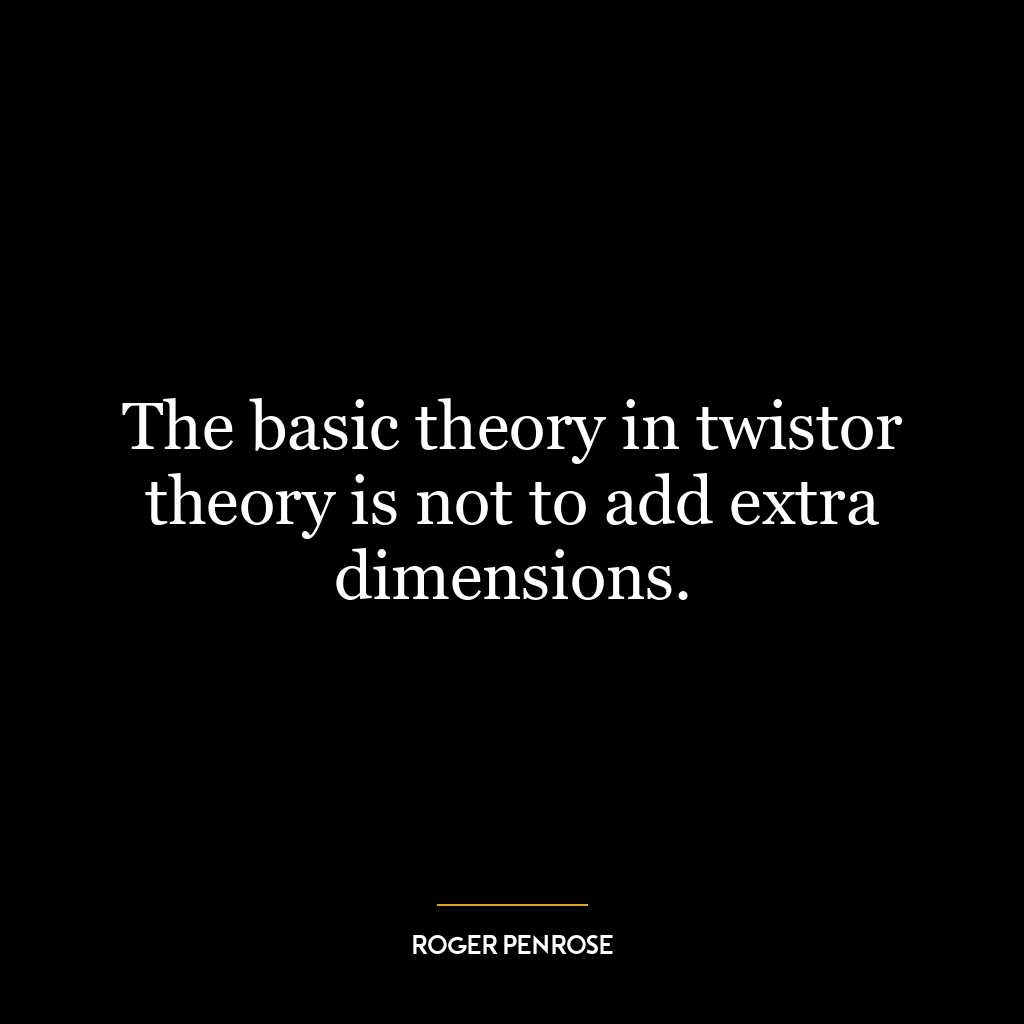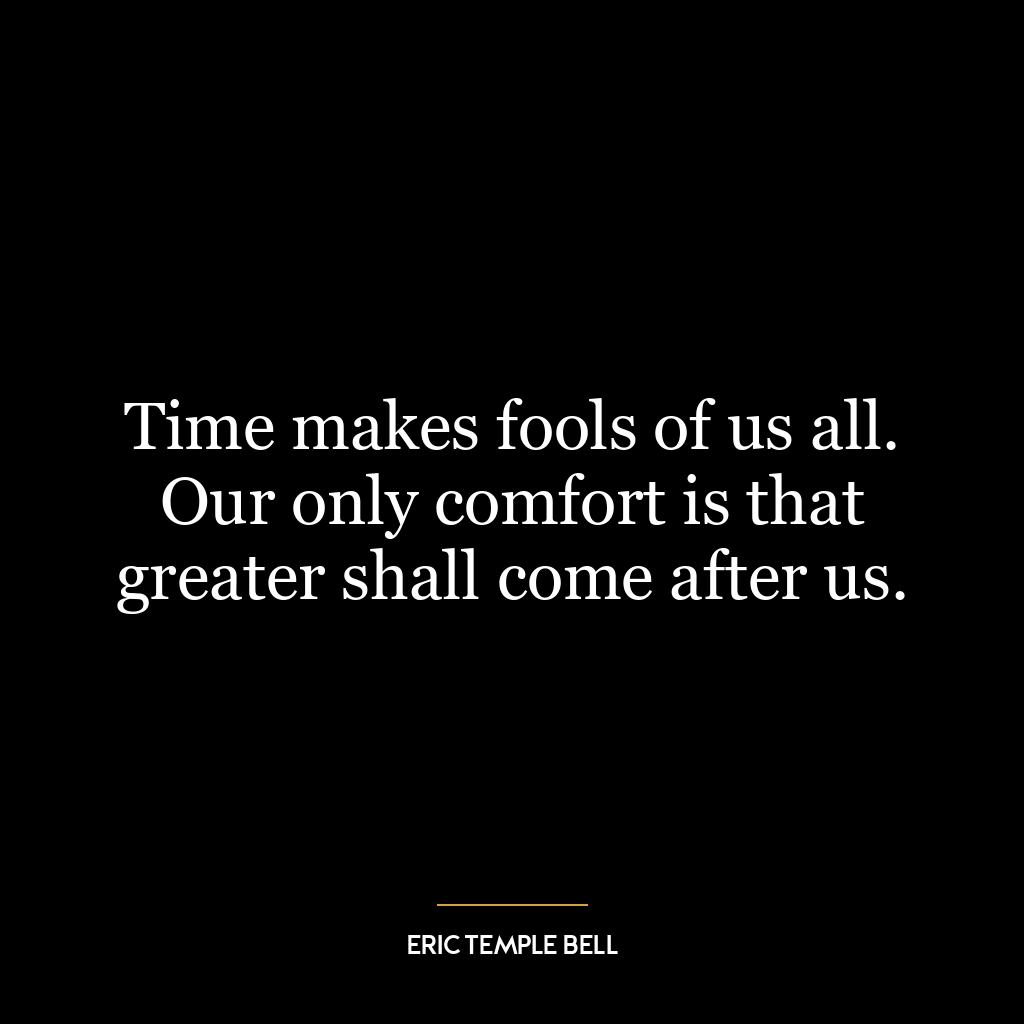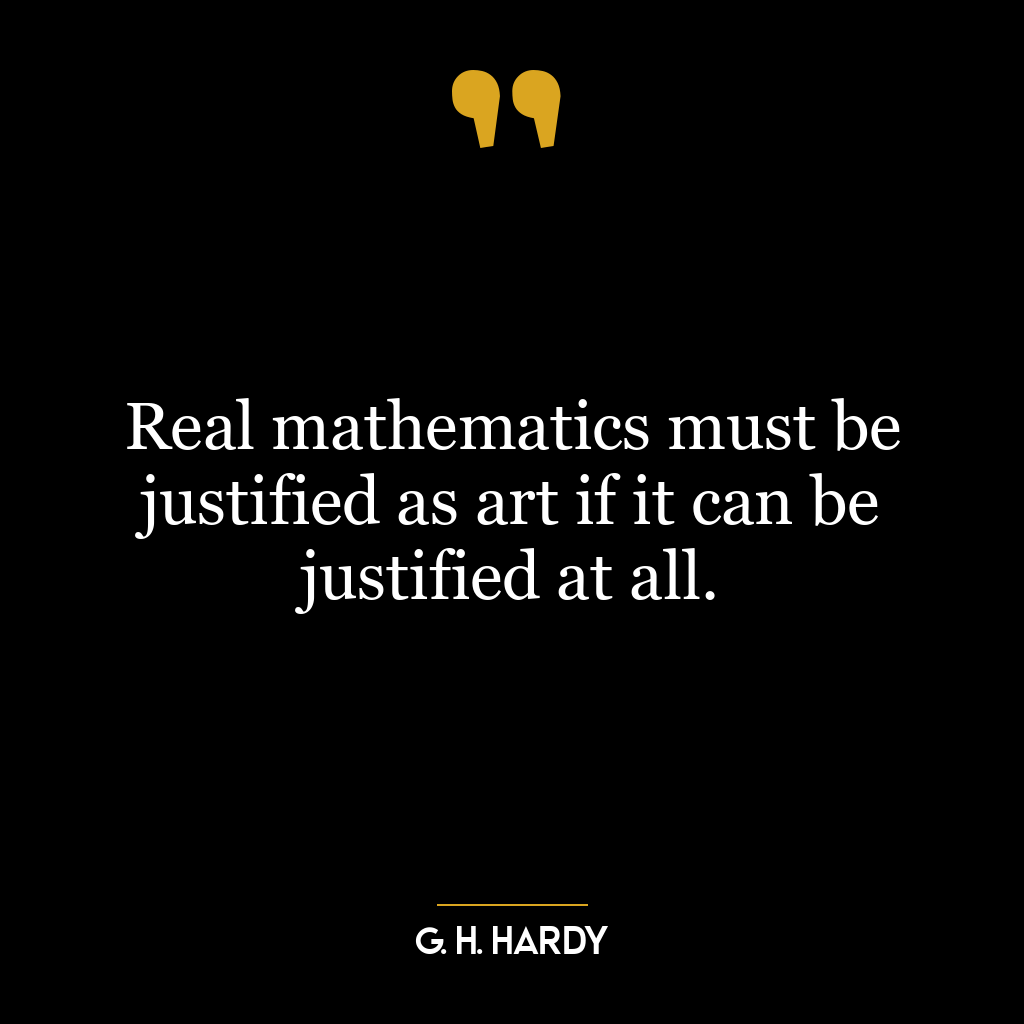Richard Courant Quotes
- Mathematician
- Germany
- 1888
Richard Courant (1888-1972) was a German mathematician known for his contributions to the field of applied mathematics. He is best known for his work on partial differential equations and numerical analysis, and for co-authoring the influential textbook “Methods of Mathematical Physics”…Read More
Richard Courant (1888-1972) was a German mathematician known for his contributions to the field of applied mathematics. He is best known for his work on partial differential equations and numerical analysis, and for co-authoring the influential textbook “Methods of Mathematical Physics” with David Hilbert. Courant also played a key role in the development of the Courant-Friedrichs-Lewy (CFL) condition, which is used in numerical simulations. He was a professor at various universities, including the University of Göttingen and New York University, and was a member of the National Academy of Sciences. Courant’s legacy continues through the Courant Institute of Mathematical Sciences at NYU, which he helped establish.Read Less
Richard Courant (1888-1972) was a German mathematician known for his contributions to the field of applied mathematics. He is best known for his work on partial differential equations and numerical analysis, and for co-authoring the influential textbook “Methods of Mathematical Physics” with David Hilbert. Courant also played a key role in the development of the Courant-Friedrichs-Lewy (CFL) condition, which is used in numerical simulations. He was a professor at various universities, including the University of Göttingen and New York University, and was a member of the National Academy of Sciences. Courant’s legacy continues through the Courant Institute of Mathematical Sciences at NYU, which he helped establish.
Richard Courant Career Highlights
- Richard Courant was a German-American mathematician and educator.
- He is best known for his work in the field of partial differential equations and numerical analysis.
- Courant was a professor at New York University for over 30 years, where he founded the Courant Institute of Mathematical Sciences.
- He also served as the director of the Institute for Advanced Study in Princeton, New Jersey.
- Courant was a member of the National Academy of Sciences and received numerous awards and honors for his contributions to mathematics.
Key Contributions by Richard Courant
- Courant’s most significant contribution was his pioneering work in the field of partial differential equations.
- He developed the finite element method, which is widely used in engineering and physics for solving complex problems.
- Courant also made significant contributions to the field of numerical analysis, including the development of the Courant-Friedrichs-Lewy (CFL) condition.
- He wrote several influential textbooks, including “Methods of Mathematical Physics” and “Differential and Integral Calculus.”
- Courant’s work had a profound impact on the development of modern mathematics and its applications.
What Sets Richard Courant Apart
- Courant was known for his ability to bridge the gap between pure mathematics and its practical applications.
- He was a strong advocate for interdisciplinary collaboration and believed that mathematics should be used to solve real-world problems.
- Courant’s teaching style was also unique, as he emphasized the importance of intuition and visualization in understanding mathematical concepts.
- He was a mentor to many prominent mathematicians, including John von Neumann and Kurt Gödel.
- Courant’s legacy continues to inspire and influence mathematicians and scientists around the world.
Takeaways
- Richard Courant was a highly influential mathematician and educator who made significant contributions to the field of partial differential equations and numerical analysis.
- His work has had a lasting impact on modern mathematics and its applications.
- Courant’s emphasis on interdisciplinary collaboration and practical applications of mathematics sets him apart from other mathematicians of his time.
- His legacy continues to inspire and influence future generations of mathematicians and scientists.








